Archaeology & History
See Stunning Photos of Pompeii’s Wall Paintings and Mosaics, Now Compiled in a New Book
The striking images were shot by photographer Luigi Spina.
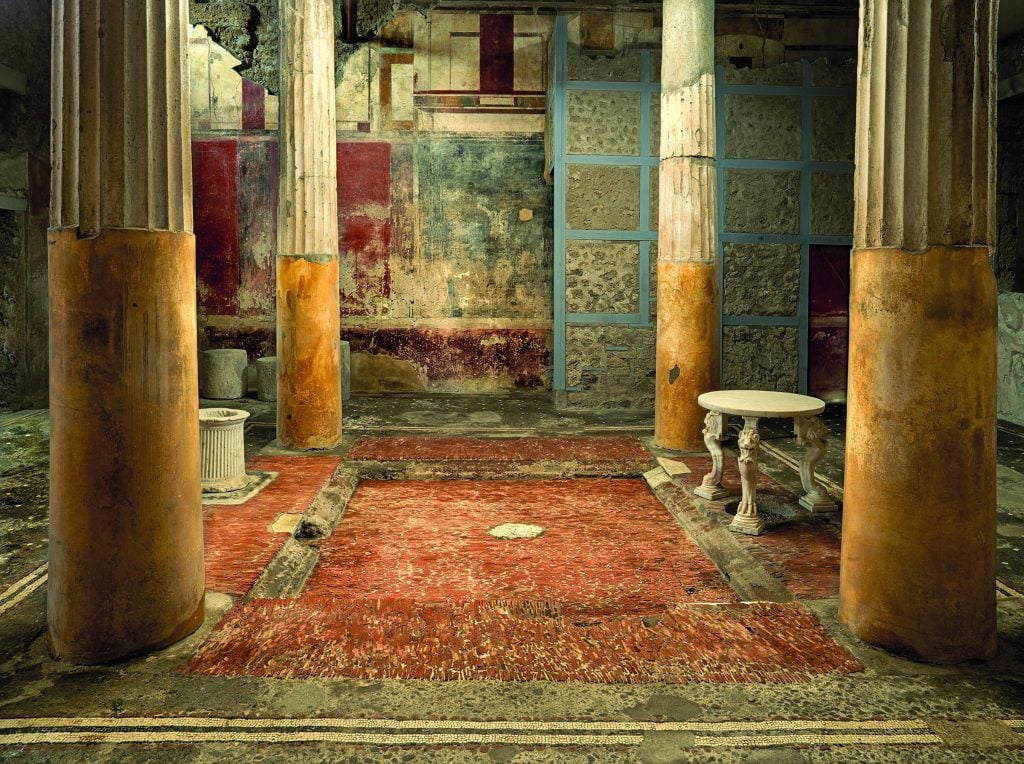
Life in Pompeii has long captured imaginations since Mt. Vesuvius erupted nearly 2,000 years ago, coating the Italian city in ash and soot—yet, remarkably, not entirely destroying its striking art and architecture. A recently released book, sure to spark wanderlust, is now providing a behind-the-scenes look at the once vibrant metropolis.
In 2019, Italian photographer Luigi Spina was given unprecedented access to the ancient city by the Archeological Park of Pompeii, which commissioned him to photograph the World Heritage site. His work is now compiled in Inside Pompeii, published by the J. Paul Getty Museum.
Spina documents the architecture of Pompeii in 274 color photographs, capturing it with an eerie emptiness—nary a tourist in sight—as if all the former residents simply vanished from the city’s bustling streets. The photographs were taken at all times of the day, inside and outside buildings and with a clear reverence for the lives of those who once inhabited the city.
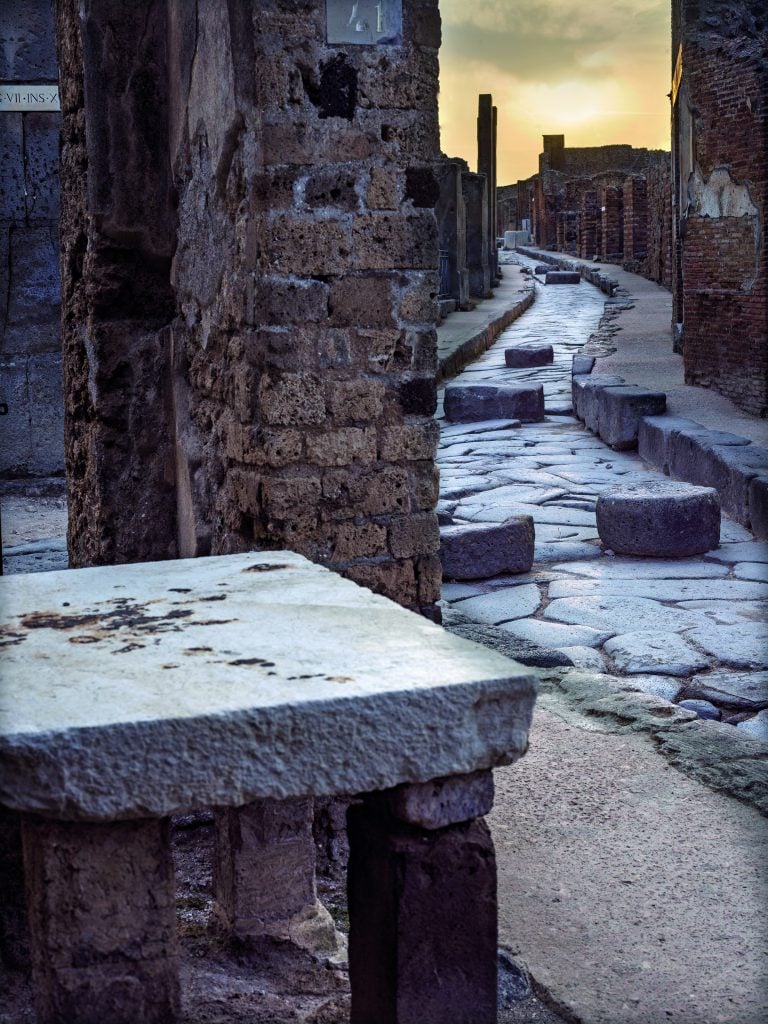
The house of Caesius Blandus. Photo: Luigi Spina, courtesy of the J. Paul Getty Museum.
“For centuries, a thick grey blanket covered the urban fabric of a living city,” Spina wrote in the introduction. “The shops and the domus lining the street are an invitation to keep exploring the stories of others. Stories that are not so different from our own.”
Spina added that nothing in Pompeii has changed in millennia: “This is Pompeii, a glimpse of other people’s lives, through a fissure in time.”
One photograph documents windows overlooking a garden which includes illustrations from the epic poem, The Iliad, accompanied by the named of the characters of the story. And in another, viewers can see the remains of what was once a luxurious bath complex owned by an elite businesswoman named Julia Felix.
The illusion is only seemingly broken in some images, such as one of an interior courtyard in a home owned by wealthy traders Aulus Vettius Conviva and Aulus Vettius Restitutu, where modern gates to protect the architecture are not just seen but dominant in the frame.
Still, some of the pictures show how much of the ancient world mirrors our own. In one image, what looks like a buffet line can be seen in a thermopolium, a place to buy hot food. The particular counter photographed was discovered as recently as 2019 even though excavations go back as far as 1709.
See more of Spina’s images below.
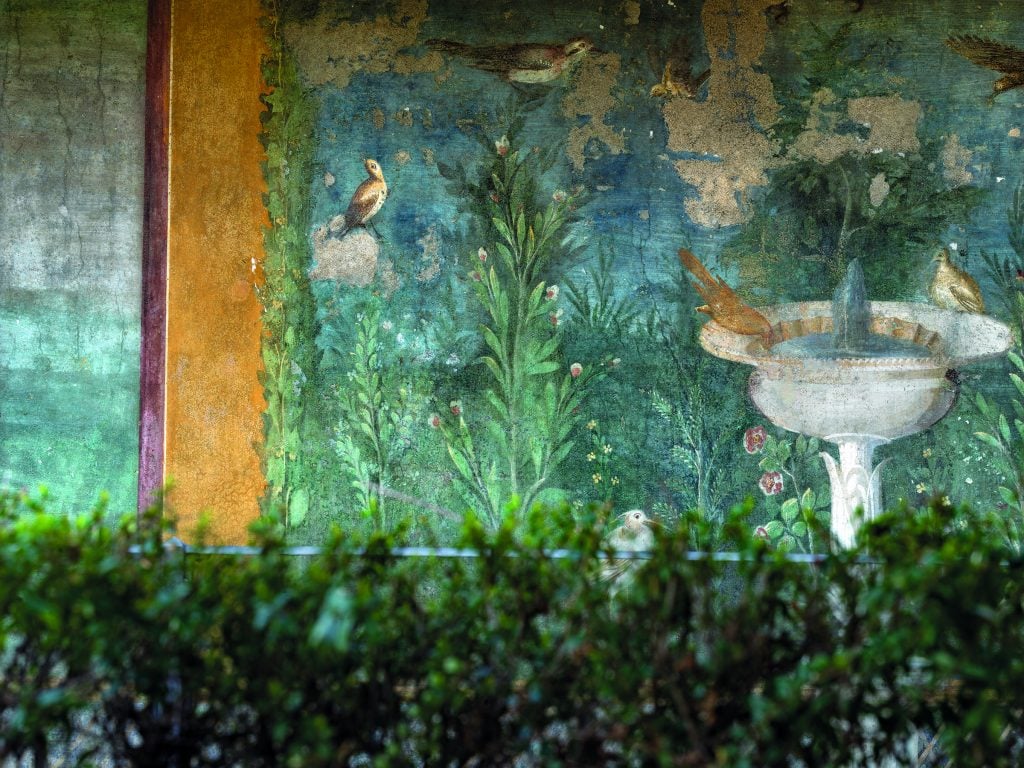
The house of Venus in a Shell. Photo: Luigi Spina, courtesy of the J. Paul Getty Museum.

The praedia of Julia Felix. Photo: Luigi Spina, courtesy of the J. Paul Getty Museum.
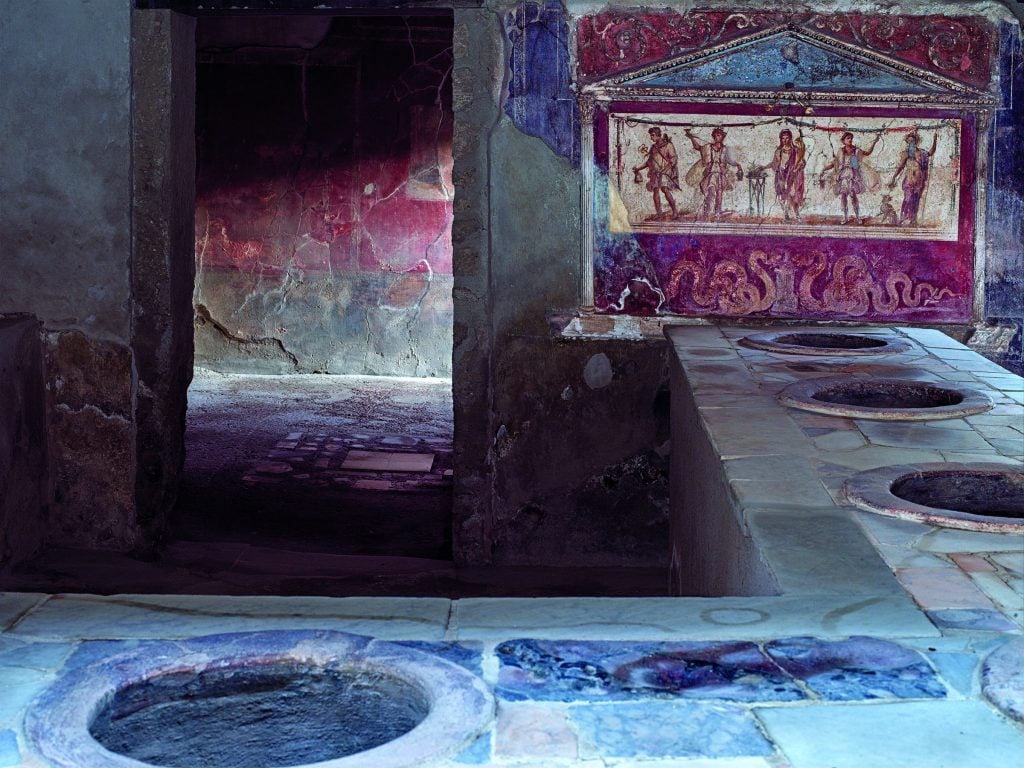
The house and thermopolium of Vetutius Placidus is pictured in Pompeii. Photo: Luigi Spina, courtesy of the J. Paul Getty Museum.
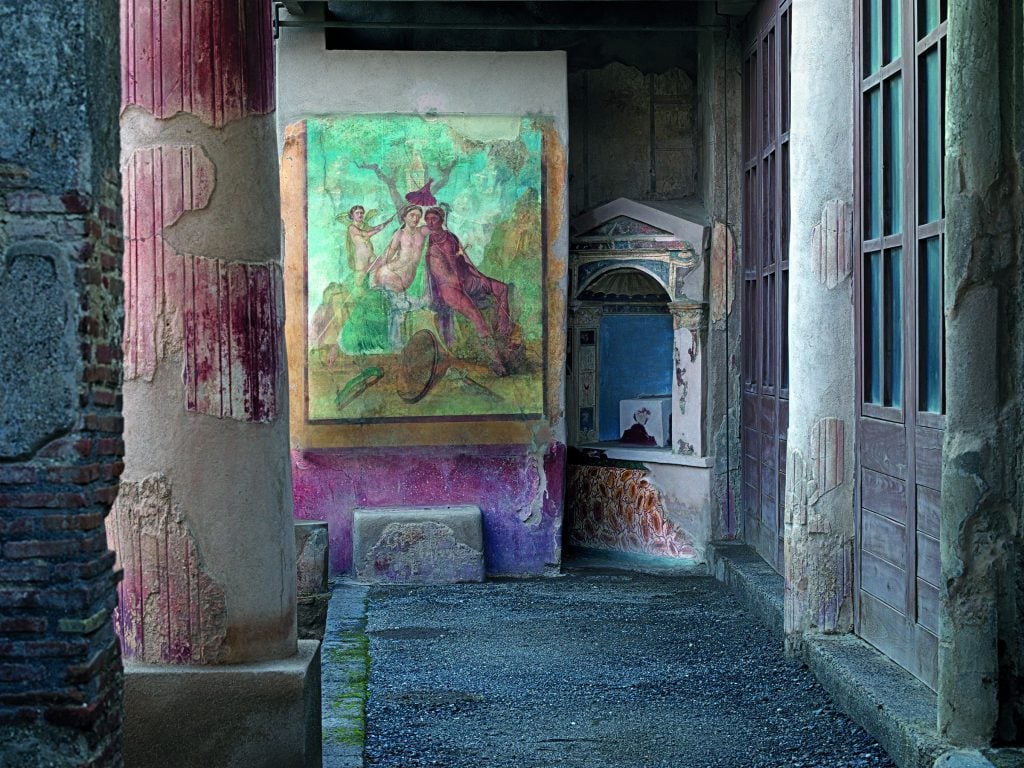
The house of Ephebe. Photo: Luigi Spina, courtesy of the J. Paul Getty Museum.
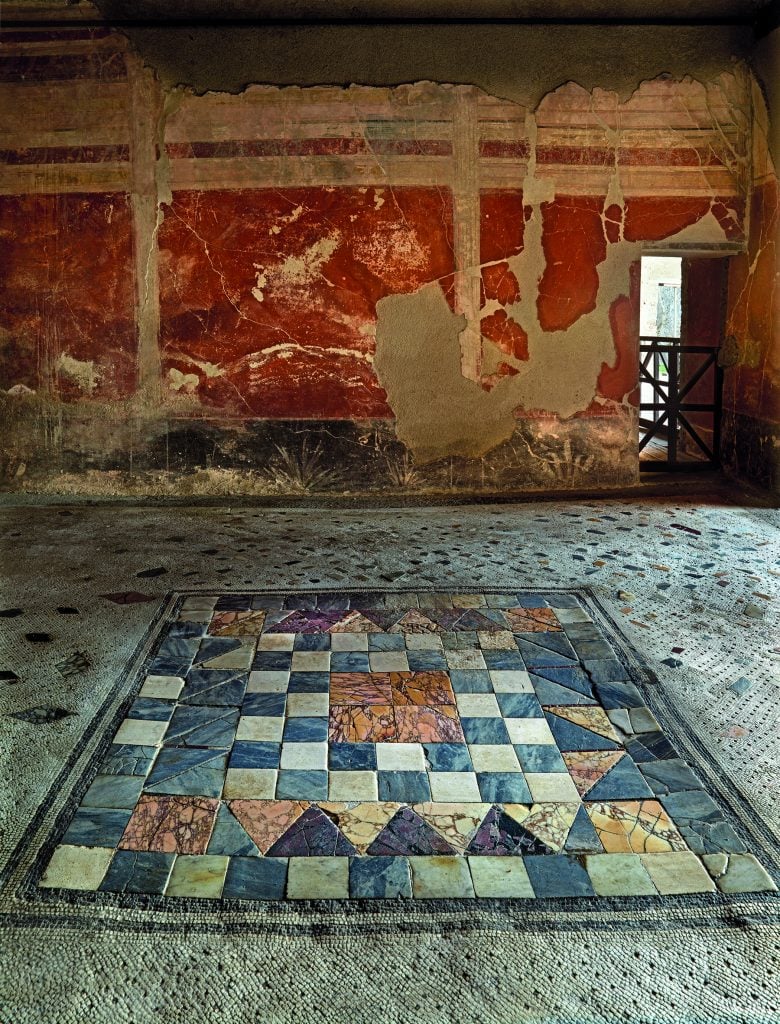
The house of Paquius Proculus. Photo: Luigi Spina, courtesy of the J. Paul Getty Museum.
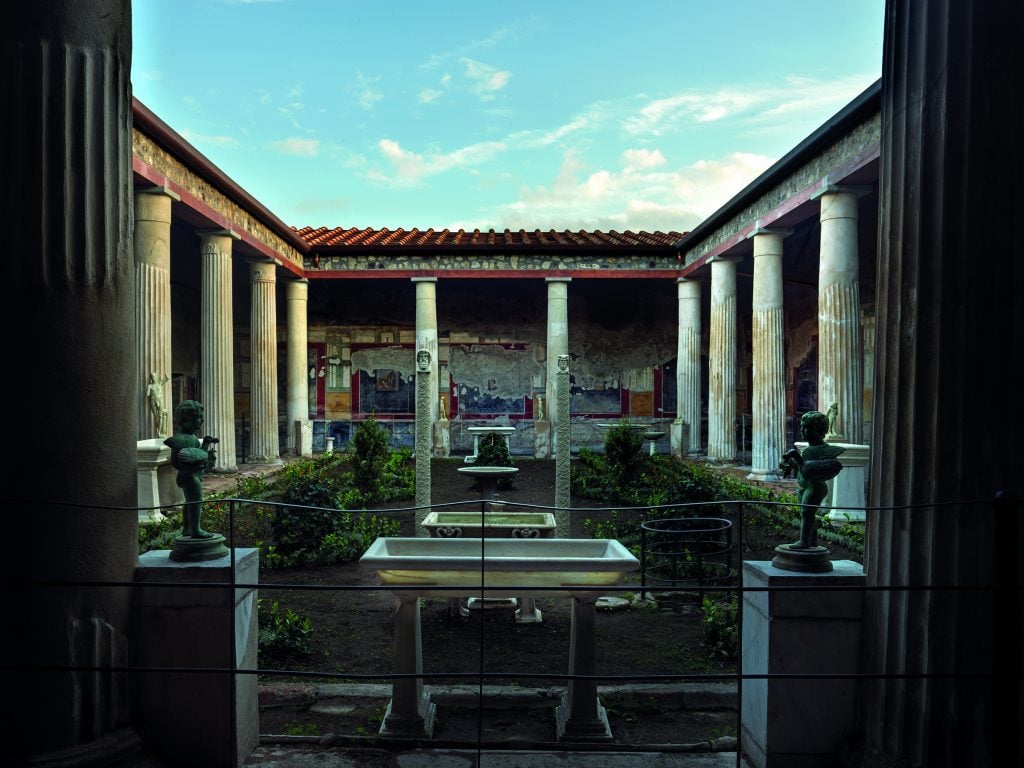
The house of the Vettii. Photo: Luigi Spina, courtesy of the J. Paul Getty Museum.

The house of Cryptoporticus. Photo: Luigi Spina, courtesy of the J. Paul Getty Museum.
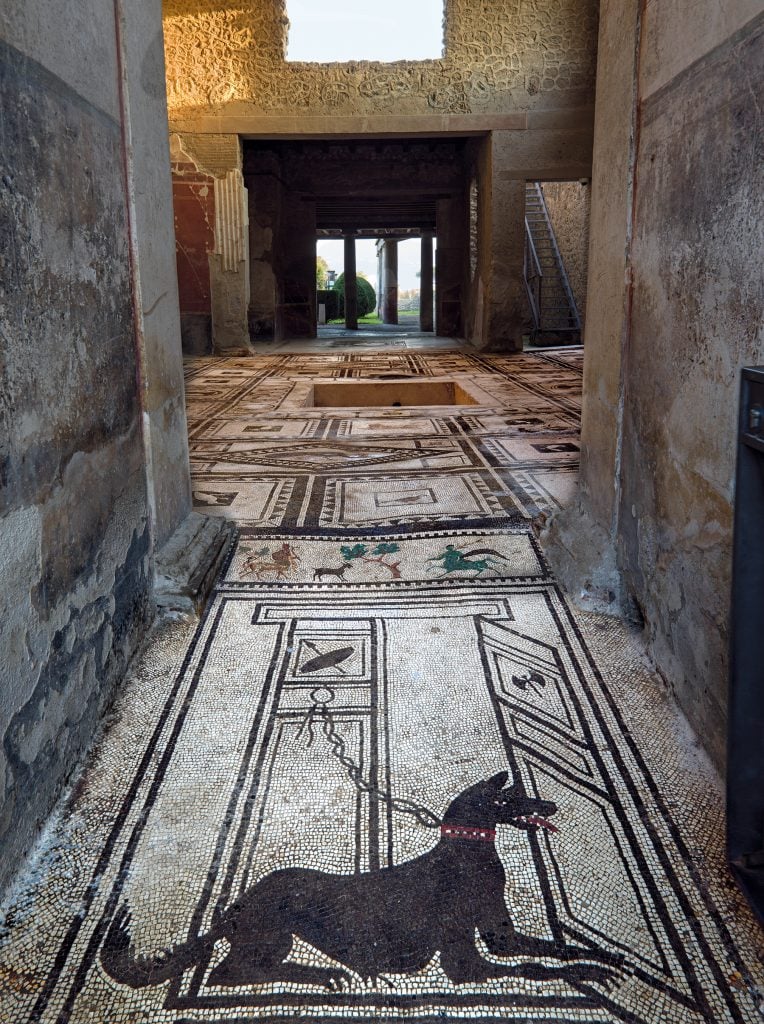
The house of Paquius Proculus. Photo: Luigi Spina, courtesy of the J. Paul Getty Museum.





